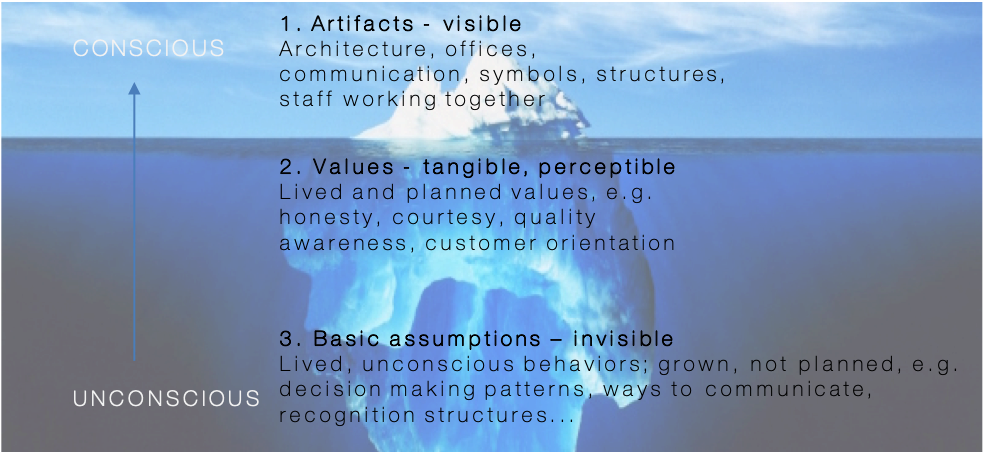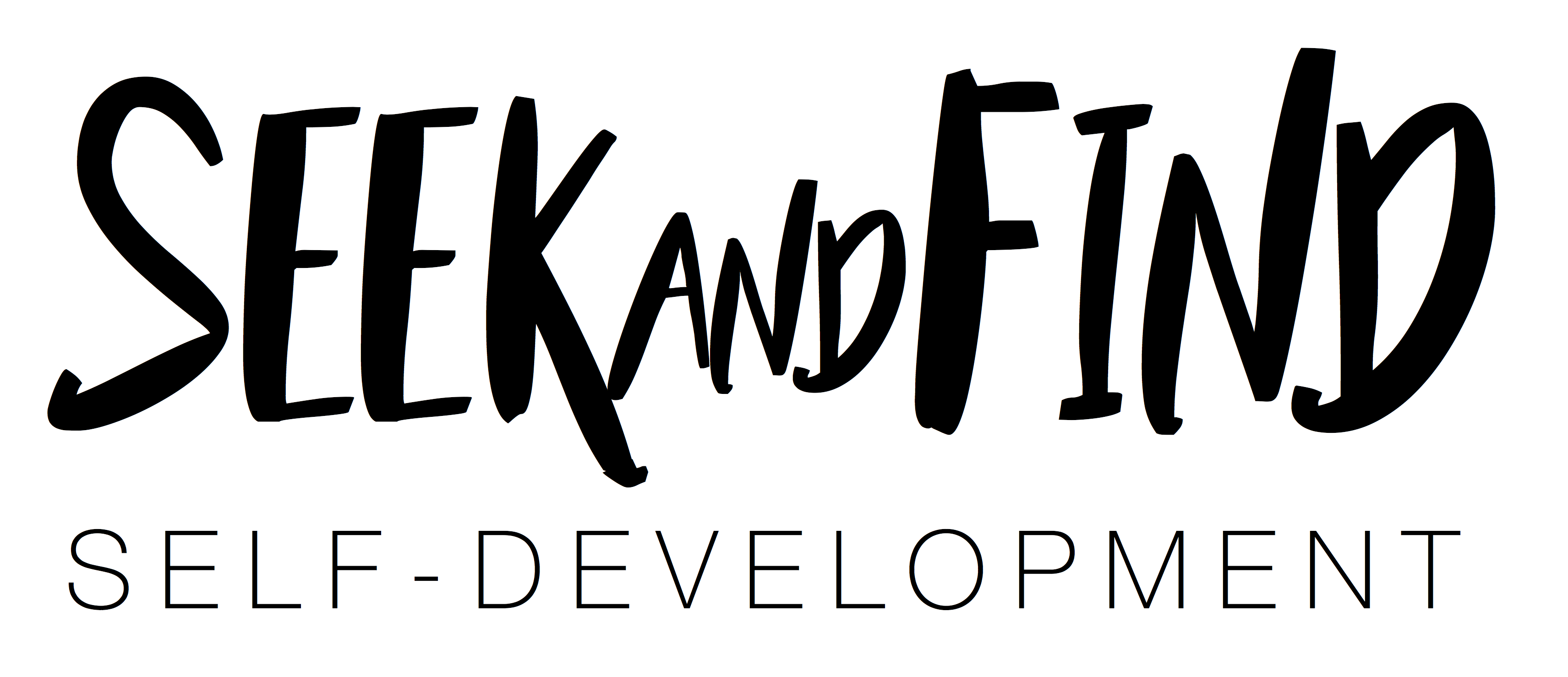Company Culture is the fundament of a company.
A cultural analysis is the first step towards sustainable cultural development or cultural change.
In the best case scenario, the entire organization is involved in this analysis in order to identify how the company is operating culturally in formal and informal ways.
Formal and informal culture
Culture consists of two areas:

1.) The formal culture – defined by board and management. The formal culture includes the employees, the organizational, management and team structures, the IT structures, communication channels, meeting structures and created operative work paths. The formal culture becomes visible, for example, in organizational charts.
2.) The informal culture – grows and forms itself along the formal structure. The informal structure is the one that fills the formal structure with life. It shows how things are really done in the company. The informal culture includes behaviors, actions, togetherness, communication, decision making – the HOW of the organization.
What is the use of a cultural analysis?
In a cultural analysis one understands both the formal culture and in particular the informal culture in order to grasp the company as a whole.
As part of the company, you probably notice how you do things there e.g. how your way of decision making works, that conflicts arise in particular situations and that communication works or doesn’t work. Every organization has its unique way of operating. There are patterns and dynamics behind it that are not recognizable at first glance, that have formed in the entire corporate system and now have a systemic effect on all corporate processes.
Similar to ourselves, we sometimes don’t know exactly why we act the way we do. Reflections processes can help us to become aware of our interaction patterns for a clear understanding and more conscious behavior.
In a cultural analysis, a reflection process also takes place in such a way that the dynamics and informal impact patterns of the entire company are identified, and an understanding can develop of how and where certain behavior and interaction patterns have manifested themselves in the organization.
The methodological basis of this cultural analysis
The three-level model or the iceberg model according to Edgar Schein, founder of organizational psychology.

A cultural analysis runs through all three levels and thus opens up a holistic picture of the entire organization.
How does a cultural analysis work?
- Conception phase – defining the concept of the approach
- Survey phase – a representative cross-section of the company is interviewed in interviews and focus groups.
- Evaluation phase – presentation with results
- Outlook cultural change – ideas for next steps and actions
What is the result of a cultural analysis?
At the end there is the valuable result of more understanding and clarity about oneself, one’s own team and company. On this basis, effective measures for cultural change can be formulated.
Next steps:
You want to analyze your corporate culture?
Then feel free to contact me directly to plan next steps.
Mail: contact@seekandfind.me or contact form.
Phone: 01625468321

